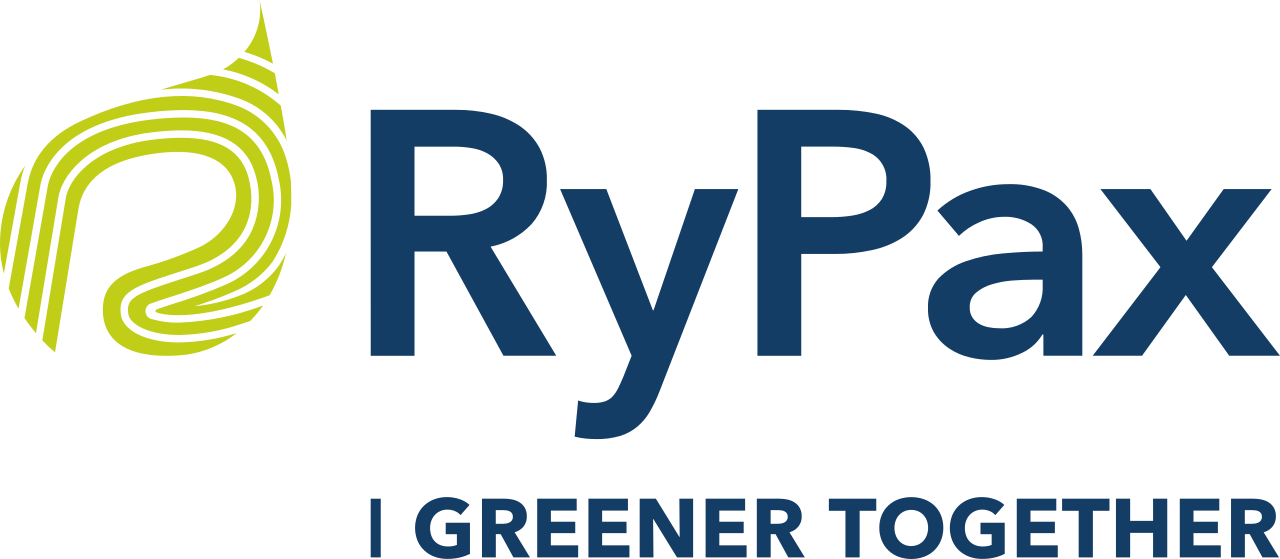Innovation has become the norm. Smart technologies are delivering wave after wave of benefits to businesses and consumers alike. Examples abound of how such advances have made our lives better: the convenience of online shopping, the godsend of GPS traffic navigation, the ease of movie streaming, and the ability to say in closer touch with friends and family via social networking platforms like Facebook. And not surprisingly, the more gains we enjoy, the more we come to anticipate. As smart technologies and innovative packaging make our lives better, our expectations continue to rise across the board. We also now expect that the products and packaging we use will make our lives better in other ways, such as by contributing in a positive way to social responsibility and a greener environment.
The impact of smart technologies has been far-reaching. They enable unprecedented levels of convenience, security, and health monitoring. Home security has gone wireless, with devices such as Wi-Fi security cameras, smart locks, and video doorbells. Video surveillance footage can be monitored through a live feed after an alert is sent or reviewed after the fact on the cloud. In a similar vein, cellular personal medical alert devices not only allow you to summon emergency assistance quickly but come with enhanced features such as fall detection to signal that help is needed.
Advances in smart technologies also extend to smart packaging. The application of advanced technologies to containers has already delivered many benefits. Those benefits arise from addressing three main issues facing businesses: inventory and life cycle management, product integrity and user experience.
Connected package technologies such as RFID greatly enhance supply chain inventory efficiency. RFID, along with other sensors or codes, can be used to enable the traceability of packages in the supply chain to radically improve traceback capability in sensitive industries such as pharmaceutical as well as food and beverage. Inventory visibility allows participants to optimize processes such as predictive planning and inventory management. It permits participants to enjoy greater agility in responding to supply chain events such as late deliveries or rejected loads.
Many smart packaging initiatives also target maintaining product integrity, including authenticity, security, quality and safety. Consider that the cost of counterfeited products is $460 billion annually. Packaging connected by sensors that communicate to a blockchain, for example, can allow product suppliers to prove the provenance of their goods. Another smart packaging approach, tamper-evident packaging, can alert customers that drugs or food products have been opened.
Food safety is another critical area of product integrity. Active packaging, packaging that uses advanced materials or chemistry to improve functionality or appearance, is widely used for fresh foods. Modified atmosphere packaging (MAP), for instance, is used to reduce the respiration rate of fresh produce to prolong shelf life. Other active packaging innovations include temperature-sensitive labels on packages. When the label detects that product has breached the acceptable temperature range, it will alert the store clerk or customer by changing color or turning on an LED light.
Improved user experience is an aspect of smart packaging that is still in its infancy. Sensor-equipped pharmaceutical products such as pill bottles are now being designed to send reminder alerts to patients when it is time to take a pill, as well as to reorder as needed automatically.
Another essential element of smart packaging that consumers are coming to expect is that it supports sustainability. It can do this in many ways, such as reducing resource consumption. For example, the use of digital product instructions for a pharmaceutical product helps to avoid the need to supply a thick paper manual and allows for a reduction in box profile.
Smart packaging can also support environmental outcomes by enhancing recyclability or proving chain of custody in support of corporate sustainable sourcing mandates. One example of a smart packaging innovation that supports recycling is the development of RFID chips that are recyclable with the package. A second example is the development of labels that entirely release from packages without leaving residual glue. This functionality promotes more effective recycling. Choosing to implement such smart packaging technologies on sustainably sourced and readily recycled packaging material such as molded pulp ensures that sustainability efforts are maximized.
As consumers become progressively technologically savvy and demand more data, they expect more from the products they purchase. Smart packaging helps to engage shoppers by providing them assurance about the authenticity of the product, providing convenient access to product information, and supporting their efforts to go green by identifying the sustainability credentials of the package.
Interestingly, adopting smart packaging does not necessarily come with a higher cost. Some of the new technologies that have been launched recently even help companies to achieve cost savings while delivering on consumer benefits and environmental responsibility and these may ultimately be the smartest package that brands can offer.











